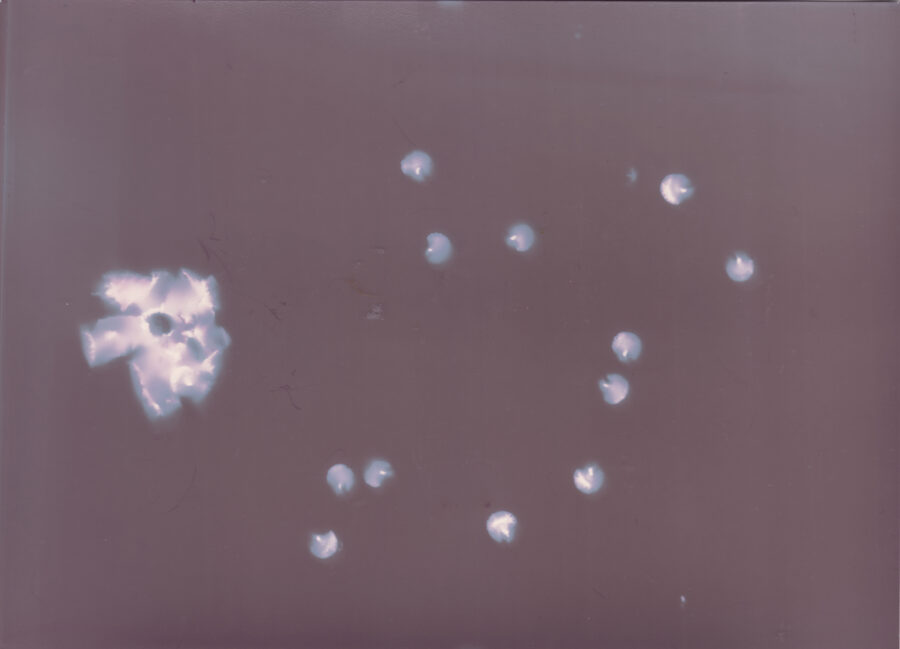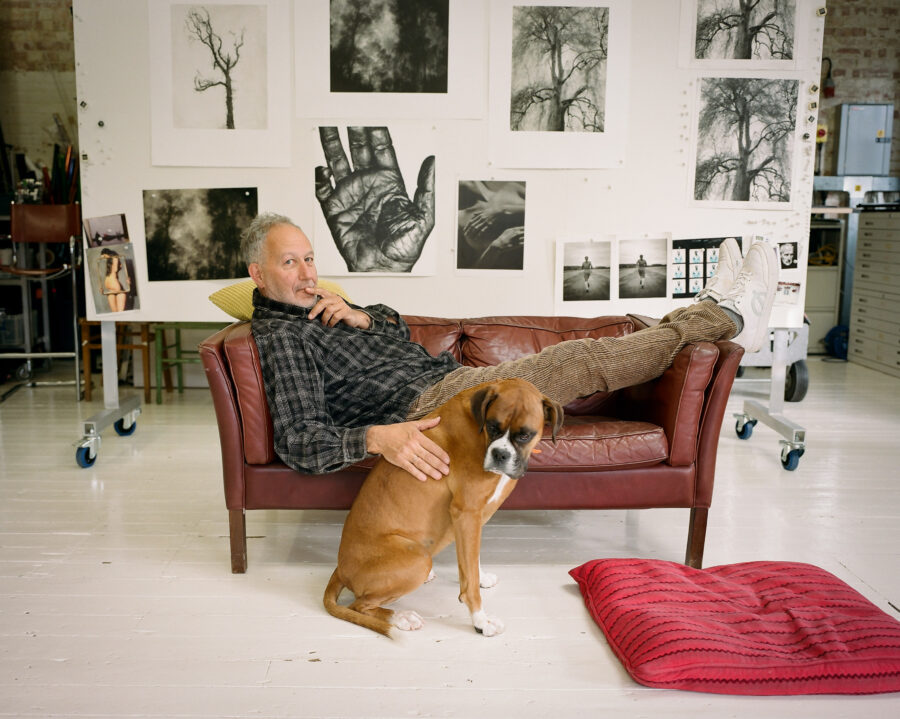In a time of deep toxicity around immigration, the south London artist uses cameraless photography to foster care and conversations


In a time of deep toxicity around immigration, the south London artist uses cameraless photography to foster care and conversations

One to Watch Devashish Gaur combines analogue and digital methods, stretch conventions to create a ‘dreamy isolation’

Known for his portrait and landscape work, Kander has a meditative approach in his London studio – and a profoundly subjective take on making images

Ahead of his major retrospective at London’s Hayward Gallery, Sugimoto discusses “the consciousness of space” with Marigold Warner, on a tour of his Tokyo complex

Following her time as Kyotographie’s artist in residence, the Spanish photographer reflects on childhood, adulthood and differing customs

Through portraits of family and loved ones, Červeňová’s latest series is a journey of entanglement and self discovery

Clare Strand’s latest project presents a series of negatives printed onto translucent paper. “The offer’s there,” says Strand, “People can make their own prints and then they have the images themselves, or they can keep the book as it is. The negatives have a physicality to them – they have their own aesthetic – so it’s not a redundant object if you don’t use them”.
Strand’s zine is the 24th edition of Angle 1-90°, a 90-part project by Norwegian book publisher Multipress. Each zine is made by a different artist who presents their own unique angle on the world through photography. Multipress will continue to produce four zines a year until they reach 90°.

“For me it is important not to create a story with the pictures,” says Gerry Johansson. “Normally when you edit you try to sequence the photographs. But for me it is important that each picture is considered as a single, individual image.”
Johansson’s photography is largely driven by intuition, but when it comes to making a book, logic and order triumph. Almost all of his 31 photobooks are defined by their geography, if not the subject matter, and their equally-sized photographs are generally organised either alphabetically or chronologically, a bid to encourage readers to interpret them individually.

“I see the bastard countryside everywhere I go,” says Robin Friend, pointing out of the window of his studio in East London, where an ivy plant has climbed up a nearby wall and is wrapping its vines around a rusting CCTV camera. “I ran with this idea of city and countryside splattering into each other, creating this hybrid nature,” explains Friend, who has been producing photographs for his book, unknowingly at first, for 15 years since he started started his BA in Brighton, where he studied under Jem Southam.
“Bastard countryside” is a phrase coined by Victor Hugo in his novel Les Miserables, in which he describes the city of Paris as an “amphibian”, stretching out into the countryside and devouring everything in its path. It is a zone in which the urban and rural mix, the manmade and the natural, clashing and colliding to create a strange form of beauty and ugliness.

“There is this feeling that if someone has won an award, then it will not be a mistake if they are awarded again. But unfortunately selecting this way does not highlight fresh gems and talents. It just creates trends, but not excitement and new-comers. We at Gomma are not afraid to prize unknown photographers,” says founder Luca Desienna. This year’s awards are now open for submissions with past winners boasting solo exhibitions, international magazine features and photobook publications since bagging the award.